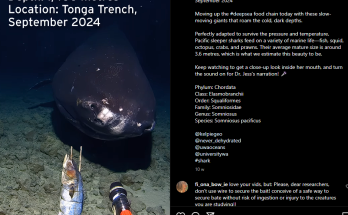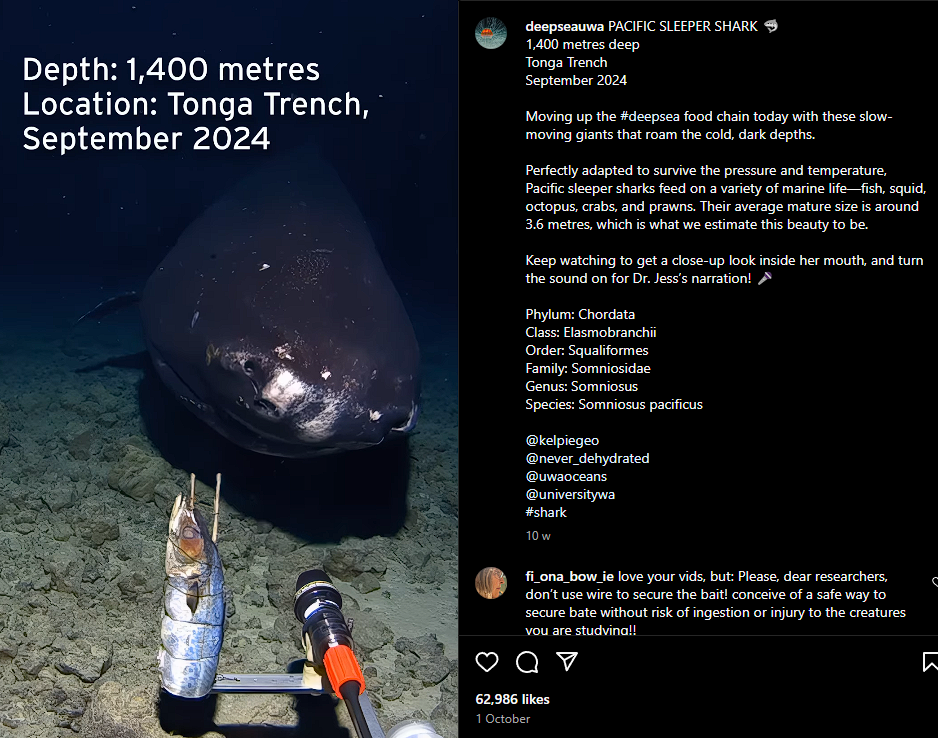The photograph that immortalized McCandless’s historic spacewalk is nothing short of awe-inspiring. It depicts a lone figure, dwarfed by the immensity of space, with the brilliant blue of Earth serving as a distant backdrop. This visual juxtaposition powerfully illustrates humanity’s audacious spirit and our relative insignificance in the cosmic theater.
McCandless’s venture was made possible by the Manned Maneuvering Unit (MMU), a groundbreaking propulsion device he helped develop. This nitrogen-powered jetpack allowed for precise maneuverability in the vacuum of space, enabling McCandless to drift up to 100 meters away from the Challenger before safely returning.
The significance of this achievement cannot be overstated. It represented a pivotal moment in space exploration, demonstrating that :
- Astronauts could operate independently in space
- Future missions could potentially conduct repairs or installations without physical tethers
- Human ingenuity could overcome the challenges of the harshest environments

The man behind the visor
Bruce McCandless II was far more than just the subject of an iconic photograph. An accomplished engineer and visionary, he joined NASA in 1966 and dedicated his career to pushing the boundaries of space technology. His work on the MMU was a testament to his innovative spirit and commitment to advancing human capabilities in space.
When asked about the potential fear of being alone in space, McCandless’s response was characteristic of his calm demeanor and unwavering confidence in the technology he helped create. “There was no chance of getting lost,” he stated, highlighting the rigorous testing and redundancy built into the MMU’s 24 thrusters.
McCandless’s legacy extends beyond his famous spacewalk. He played a crucial role in the deployment of the Hubble Space Telescope, which has since revolutionized our understanding of the universe. His contributions to space exploration continued to inspire generations of scientists and dreamers until his passing in 2017 at the age of 80.
A timeless image that transcends borders
The photograph of McCandless floating in space has captivated audiences worldwide for four decades. Its power lies not just in its visual impact but in its ability to resonate with the human spirit. The anonymity provided by McCandless’s reflective visor allows viewers to project themselves into the scene, imagining what it might feel like to float freely in the cosmos.
This universality is further emphasized by the image’s portrayal of Earth. From space, our planet appears as a unified whole, devoid of the political and geographical boundaries that often divide us. It serves as a poignant reminder of our shared humanity and the fragility of our home in the vast expanse of space.
The emotional responses evoked by the image are varied and profound :
| Emotion | Reason |
|---|---|
| Awe | The sheer scale of the cosmos |
| Inspiration | Human achievement and technological progress |
| Trepidation | The inherent risks of space exploration |
| Wonder | The beauty of our planet from afar |
Reflections on a cosmic legacy
As we look back on this remarkable moment from 40 years ago, it’s clear that the impact of McCandless’s spacewalk and the resulting photograph extends far beyond the realm of space exploration. It serves as a powerful metaphor for human ambition, technological innovation, and our innate desire to push beyond known boundaries.
The image continues to inspire new generations of scientists, engineers, and explorers. It reminds us that with courage, ingenuity, and perseverance, we can achieve what once seemed impossible. As we face the challenges of the future, both on Earth and in space, McCandless’s floating figure serves as a beacon of hope and a testament to the indomitable human spirit.
In an age where space exploration is entering a new era of commercial ventures and international cooperation, the legacy of Bruce McCandless II and his historic spacewalk remains as relevant as ever. It stands as a reminder of what can be accomplished when we dare to dream big and reach for the stars.




























